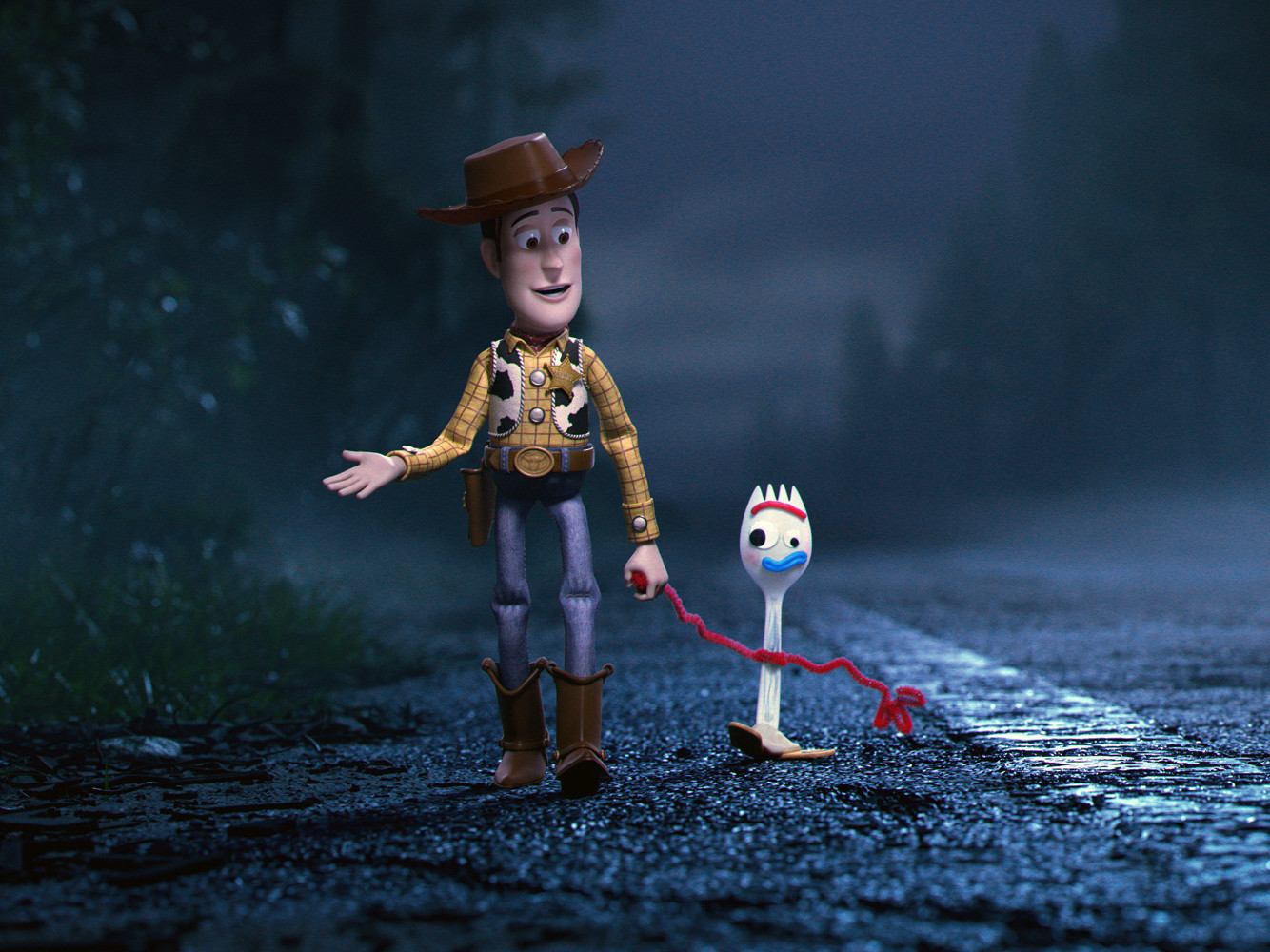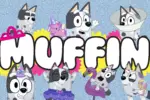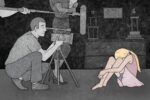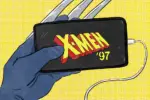Since the debut of the first movie in 1996, the “Toy Story” franchise has been the pinnacle of Pixar films. Many believed that the story ended with the third installment in 2010, with Andy going away to college and leaving Woody and the rest of the gang to live with a new child, Bonnie; but now, almost a decade after the supposed final chapter, “Toy Story 4” is out in theaters.
When the fourth chapter in Pixar’s flagship franchise was announced, it seemed like the movie was just another mediocre sequel/payday for father company Disney. Despite these concerns, “Toy Story 4” received a much-deserved 98% on Rotten Tomatoes and is one of the most successful movies of the year.
The movie is Pixar’s only outing in 2019, but was it necessary to make after so many people had made their peace with the franchise being finished?
Let’s go to the tape.
The Franchise Already Ended
“Toy Story 3” was one of the saddest, albeit most charming endings in film history. The movie’s entire premise was about letting go of the past and moving on to greater things. While the toys made wonderful memories with Andy, it was time to make new ones with a new child.
Many were more than satisfied with the ending, and when “Toy Story 4” was first announced, the internet was quick to dismiss it. A quick Google search of “Toy Story 4” and “unnecessary” produced a number of articles that argue its validity as a film.
Overall, people were not happy that Pixar was potentially cheapening the already fantastic ending.
The Concept Carries Little Weight
Here’s the synopsis: “When a new toy called ‘Forky’ joins Woody and the gang, a road trip alongside old and new friends reveals how big the world can be for a toy.” It sounds interesting, but it doesn’t quite live up to Pixar’s former works.
It’s closer to an animated short, like the “Toy Story” spin-offs “Small Fry” or “Hawaiian Vacation,” rather than a full-length feature film. The idea of Bonnie creating this new toy Forky is cool and expands the world a bit, yet it falls short of an important and emotional plot.
We’re Tired of Subpar Sequels
Pixar is known for daring, original films like “Ratatouille” and “Up.” Often considered the founders of modern-day storytelling, the studio has made us laugh, cry, smile and overall feel in ways that we have never felt before, filling their movies with a sense of childhood wonder that is hard to find anywhere else.
But lately, they’ve been feeding us subpar sequels, courtesy of Disney’s new trend of squeezing every last dime out of its most popular films. “Incredibles 2,” “Finding Dory” and “Cars 3” were all decent movies, but they were nothing like the original movies that they followed.
“Toy Story 4” is no different.
While the original “Toy Story” and its sequels have all been certified masterpieces, the fourth is like the other modern Pixar sequels — simply decent.
However, this may not be a testament to the quality of the film itself but, rather, to the perfect ending of “Toy Story 3.” It’s just too hard to top.
Existentialist Toys?
It’s hard to imagine toys experiencing an existential crisis, and even in “Toy Story 4,” it’s a bit hard to swallow.
In the movie, Forky questions Woody about his role as a toy in Bonnie’s life. While it’s made out to be serious, it almost appears satirical at times. A plastic spork is considering his role in life, and soon Woody, a sheriff doll, does the same.
It’s an interesting theme, to say the least, but it’s irritating that Pixar is responding to everyone’s curiosity at the toys’ life source by questioning it themselves.
At the very beginning, many criticized the movie and were worried. Would it destroy the franchise or live up to it? Soon after it came out, the public changed its mind, going from anxiety and negativity to utter astonishment.
It’s About the Toys, Not Andy
While everyone was freaking out about the “second ending” of “Toy Story,” YouTuber Seamus Gorman made the comment that the franchise was never about Andy. He did go off to college, but the series is called “Toy Story,” after all.
Looking at “Toy Story 4” as the next chapter in the toys’ journey shows that it is another well-told story in the saga. The overall story of the franchise is mainly about Woody and how he develops as a person, or rather, as a toy.
“Toy Story” focuses on his ups and downs with his friends, highlighting the lessons he’s learned throughout each movie. Andy was a story device that propelled the characters forward and provided a lot of these lessons. However, the franchise does not depend on him to keep going; having the toys end it was a much better decision with this logic.
Classic Pixar Storytelling
Again, Pixar is known for its storytelling ability. With the recent sequels, fans were worried that the film would lack the magic that was “The Incredibles,” “Coco” and other favorites.
“Toy Story 4” trumped these expectations by providing a heartwarming and tear-jerking piece. The movie has a huge list of characters, but Pixar succeeds in giving each important and new one its appropriate limelight.
While the original gang is mostly relegated to the background, they still have their moments. “Toy Story 4” even continues plotlines from the earlier movies, specifically exploring the relationship between Bo Peep and Woody and Woody’s sense of purpose because of it.
Breakthrough Animation
The story is well-crafted, but the real gem here is the animation.
It’s been two decades since the release of the first Toy Story, and the differences in the computer-animated movies are unbelievable. When we first meet Bo Peep, she’s barely a white face with a pink bonnet and dress, almost unrecognizable to her new look in “Toy Story 4.”
Part of this is because every time Pixar makes a new movie, they upgrade their software and rebuild the characters from the ground up.
“If we try to use Toy Story 2 Woody,” says director Josh Cooley, “it’s like putting a CD-ROM into a Blu-ray player. It just wouldn’t work.”
What Is the Nature of a Toy?
Yes, the idea of a spork having an existential crisis is hilarious — it’s sprouted God knows how many internet memes — but the exploration of “toyhood” from both Woody and Forky is oddly inspiring.
When the two discuss their roles in life, Woody realizes that his purpose may not rest with Bonnie. For the rest of the movie, the cowboy searches for his own meaning, projecting his original purpose on Forky, who has become Bonnie’s favorite toy.
“Toy Story 4” focuses mostly on their journey, but also covers that of the other toys. The full-blown existentialism doesn’t fail to reach the audience, either.
The franchise has always been one to explore the deeper meanings of life. Through the metaphor of toys, people observe the choices the characters make and their outcomes, reflecting on themselves and their own journeys. “Toy Story 4” only heightens our longing for purpose and meaning in our lives through the self-discovery of a cowboy and a plastic spork.
I think the most fitting way to watch the (potentially) final chapter of the “Toy Story” franchise is not as a conclusion, but as an epilogue.
The initial confusion and rejection of the movie may have been justified, but, despite what you may think, I encourage you to check it out while it’s still in theaters.
While it may have been an uncharacteristic move, “Toy Story 4” proved to be a risk well-taken.
















